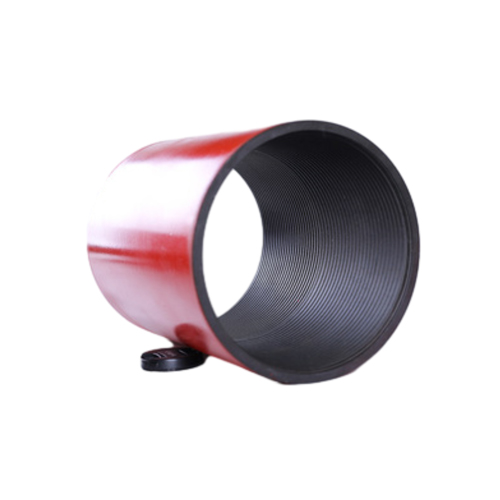- Afrikaans
- Albanian
- Amharic
- Arabic
- Armenian
- Azerbaijani
- Basque
- Belarusian
- Bengali
- Bosnian
- Bulgarian
- Catalan
- Cebuano
- Corsican
- Croatian
- Czech
- Danish
- Dutch
- English
- Esperanto
- Estonian
- Finnish
- French
- Frisian
- Galician
- Georgian
- German
- Greek
- Gujarati
- Haitian Creole
- hausa
- hawaiian
- Hebrew
- Hindi
- Miao
- Hungarian
- Icelandic
- igbo
- Indonesian
- irish
- Italian
- Japanese
- Javanese
- Kannada
- kazakh
- Khmer
- Rwandese
- Korean
- Kurdish
- Kyrgyz
- Lao
- Latin
- Latvian
- Lithuanian
- Luxembourgish
- Macedonian
- Malgashi
- Malay
- Malayalam
- Maltese
- Maori
- Marathi
- Mongolian
- Myanmar
- Nepali
- Norwegian
- Norwegian
- Occitan
- Pashto
- Persian
- Polish
- Portuguese
- Punjabi
- Romanian
- Russian
- Samoan
- Scottish Gaelic
- Serbian
- Sesotho
- Shona
- Sindhi
- Sinhala
- Slovak
- Slovenian
- Somali
- Spanish
- Sundanese
- Swahili
- Swedish
- Tagalog
- Tajik
- Tamil
- Tatar
- Telugu
- Thai
- Turkish
- Turkmen
- Ukrainian
- Urdu
- Uighur
- Uzbek
- Vietnamese
- Welsh
- Bantu
- Yiddish
- Yoruba
- Zulu
Understanding Tubing and Casing in Oil and Gas Well Construction and Operations
Understanding Tubing and Casing in Oil and Gas Exploration
In the world of oil and gas extraction, tubing and casing play pivotal roles in ensuring the safe and efficient production of hydrocarbons. These components are essential to the integrity of oil wells, providing structural support, preventing contamination, and facilitating the flow of oil and gas to the surface. Understanding their functions and importance is crucial for anyone involved in the industry.
What is Casing?
Casing is a series of steel pipes that are inserted into a drilled well to provide structural integrity. This cylindrical structure is essential for several reasons. First and foremost, casing prevents the walls of the well from collapsing, ensuring that the drilling process can continue safely. Different sections of the well may require varying sizes of casing; typically, the deeper the well, the larger the diameter of the casing.
Another crucial function of casing is its ability to isolate different underground formations. This isolation is vital to prevent the migration of fluids between layers, which can possibly lead to contamination of fresh water aquifers or unplanned pressure changes that could increase the risk of blowouts. Casing is also installed with cement, which is pumped into the space between the casing and the borehole walls. This cementing process ensures that the casing remains secured and adds an additional barrier to fluid migration.
What is Tubing?
While casing provides structure and safety to the well, tubing serves a different purpose. Tubing refers to the smaller diameter pipes that are installed inside the casing after the well has been completed. The primary role of tubing is to facilitate the transportation of oil and gas from the reservoir to the surface. Unlike casing, which is designed to withstand high pressures and protect the wellbore, tubing is primarily built to allow for the efficient flow of hydrocarbons.
tubing and casing

Tubing systems are designed for specific operating conditions. Factors such as fluid type, temperature, and pressure influence the material and thickness of tubing used. Different types of tubing, including production tubing and injection tubing, serve various functions. Production tubing is designed to transport the hydrocarbons to the surface, while injection tubing is used to inject fluids such as water or gas back into the reservoir to enhance recovery rates.
The Complementary Relationship
Tubing and casing function together to create a robust and efficient well design. Once a well is drilled and cased, the installation of tubing is the next critical step in the completion process. These two components enable operators to control the flow of fluids, ensure the safety of the well, and maximize production.
Proper installation and maintenance of both tubing and casing are vital to the longevity and productivity of a well. Regular monitoring for issues such as corrosion, blockage, or leaks is essential to prevent costly downtime and environmental harm. Advanced technologies, such as downhole monitoring systems, help operators track the condition of tubing and casing, allowing for timely interventions when necessary.
Conclusion
In conclusion, tubing and casing are indispensable components of oil and gas wells, each serving distinct yet complementary roles. Casing ensures the structural integrity of the well, isolating layers and preventing unwanted fluid migration, while tubing facilitates the efficient transport of hydrocarbons to the surface. A solid understanding of these two elements is essential for anyone involved in the oil and gas industry, as their proper management is vital for safe and sustainable resource extraction. As technology continues to evolve, optimizing tubing and casing systems will remain a key focus for improving efficiency and minimizing environmental impact in oil and gas exploration.
-
Tubing Pup Joints: Essential Components for Oil and Gas OperationsNewsJul.10,2025
-
Pup Joints: Essential Components for Reliable Drilling OperationsNewsJul.10,2025
-
Pipe Couplings: Connecting Your World EfficientlyNewsJul.10,2025
-
Mastering Oilfield Operations with Quality Tubing and CasingNewsJul.10,2025
-
High-Quality Casing Couplings for Every NeedNewsJul.10,2025
-
Boost Your Drilling Efficiency with Premium Crossover Tools & Seating NipplesNewsJul.10,2025







